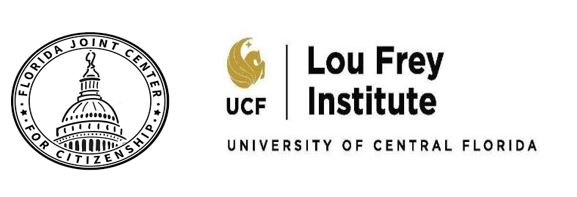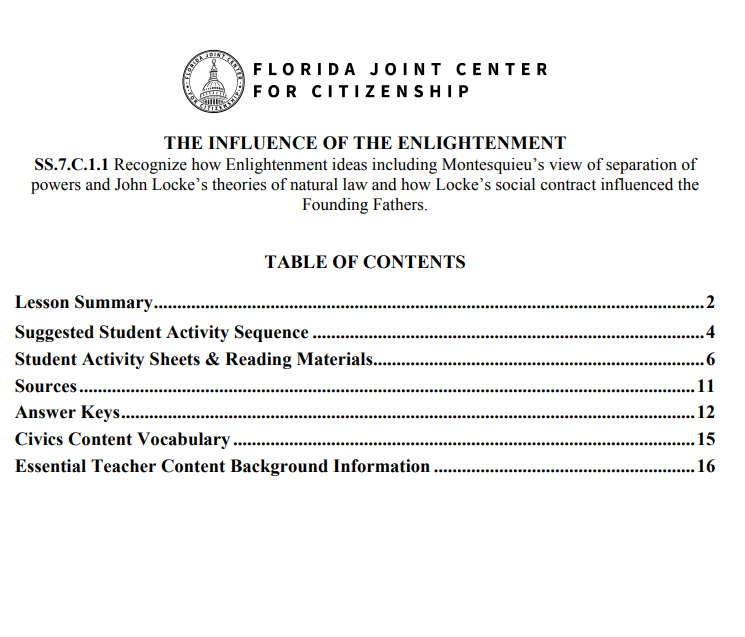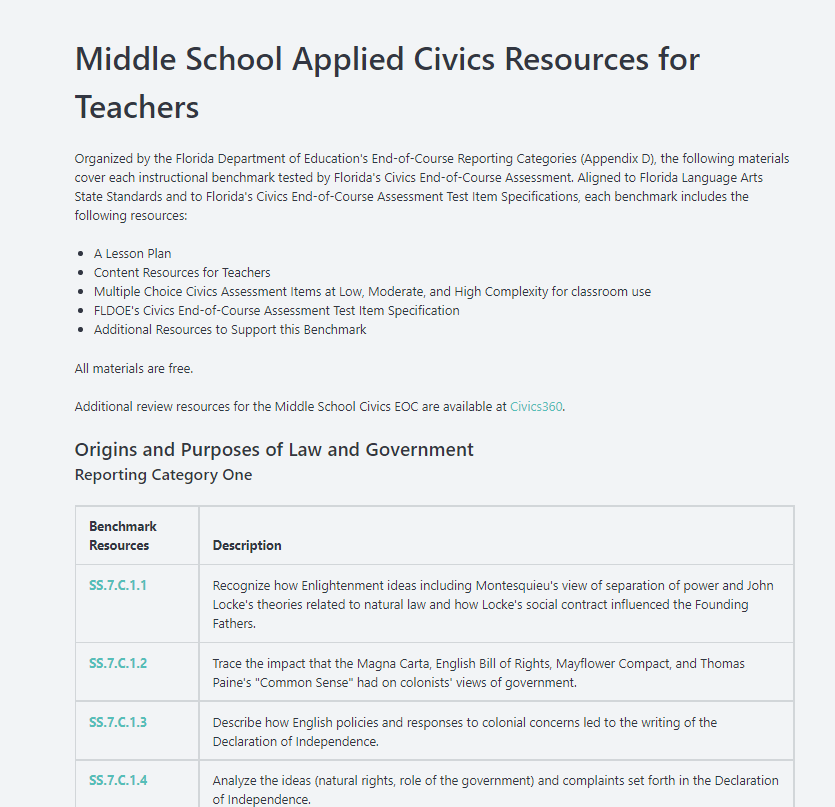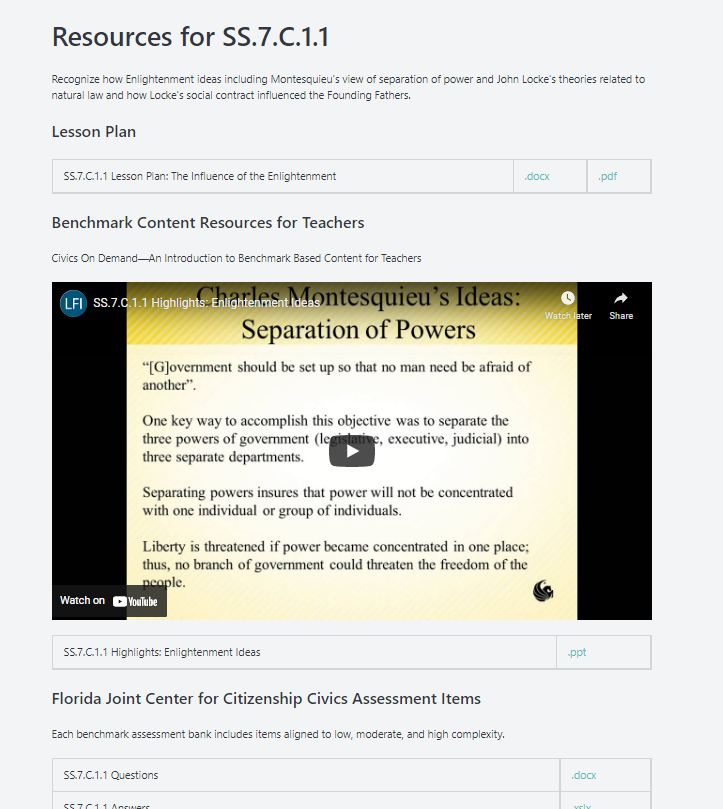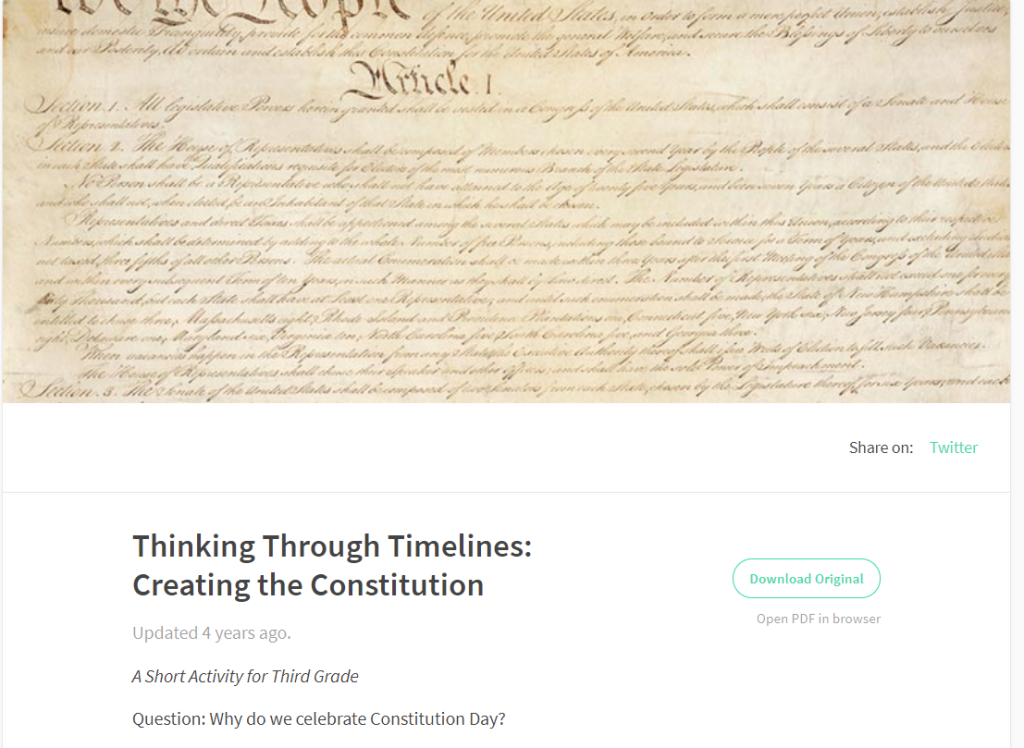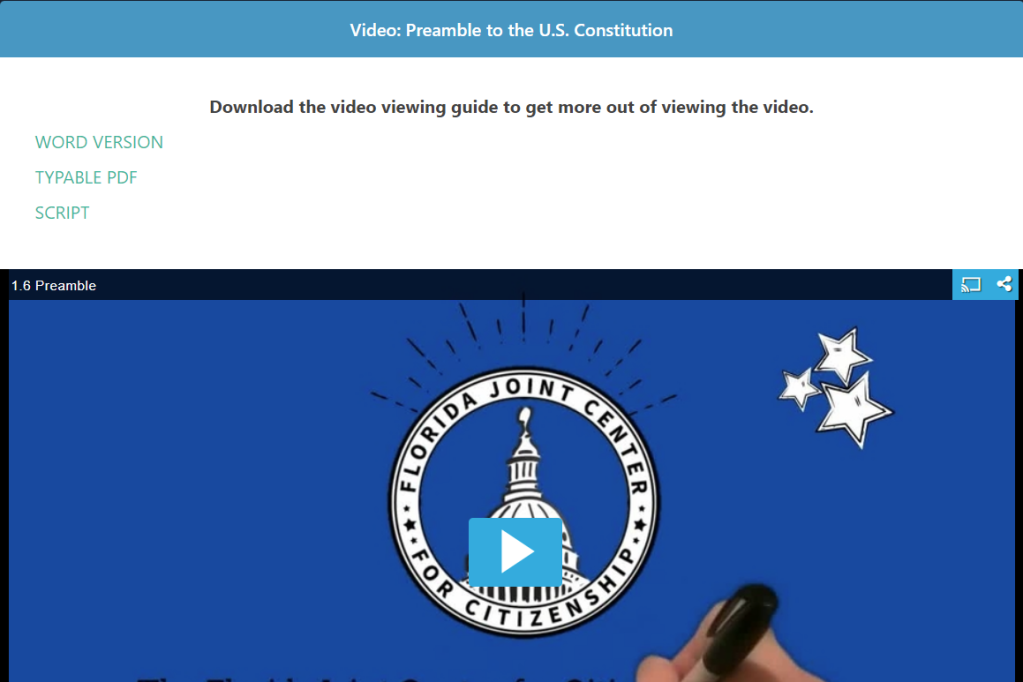In Fox News’ September survey, 78% of Democrats and 31% of Republicans say that both vaccines and masks are effective against COVID-19, and another 10-11% of each say that only masks work. That is a 47-point gap. Democrats are also about 50 percentage points more likely than Republicans to support mask mandates. Masking indoors seems to be normative as well as mandated in places like Cambridge, MA, where I live. On the other hand, not wearing a mask is normative in many parts of the USA. Masks are extraordinarily visible and they have accrued symbolic meanings.
This pattern is not inevitable. When we visited Amsterdam in late August, we hardly saw anyone else in a mask–not even in the crowded interior of the Rijksmuseum. The vaccination rate is similar in the Netherlands and Massachusetts–probably three points lower in the Netherlands. The Dutch generally fall to the left of Americans on the political spectrum. Yet they do not happen to see masks as good behavior.
Should the scientific evidence tell us what to do? Here are two examples of relevant studies (out of many):
Evidence for vaccination: Pollack et al 2020 is an example of a randomized controlled experimental test of an mRNA vaccination (the one produced by Pfizer) against COVID-19. Individuals were randomly assigned to receive the vaccine or a placebo. The vaccine was “95% effective in preventing Covid-19 (95% credible interval, 90.3 to 97.6). Similar vaccine efficacy (generally 90 to 100%) was observed across subgroups defined by age, sex, race, ethnicity, baseline body-mass index, and the presence of coexisting conditions.” (These results were obtained before the Delta variant, but studies after the rise of Delta continue to find high impact.)
Evidence for masking: Abaluck et al 2021 is the most ambitious and best-publicized study of masking against COVID-19. The researchers randomly divided 600 Bangladeshi villages into three groups. In 200 villages, they gave out free surgical masks and advocated their use. In another 200, they did the same with cloth masks. The third group was the control, with no intervention. Mask-wearing was about three times more common in the treatment villages than in the control villages, and COVID-19 prevalence was 9 percent lower in the villages with the surgical mask intervention.
Several caveats are necessary, however. Despite the intervention, the majority of people did not wear masks in the treatment villages, but 13% did in the control villages. The effects were not statistically significant for people under age 50. The physical and social context is different in rural Bangladesh than in, say, Boston. Finally, because villages, not people, were randomized, the authors must make some statistical assumptions that could be challenged. Note that the 9% estimate could be too low rather than too high; but there are several layers of uncertainty.
According to this particular pair of studies, the effect of vaccination is a bit more than 10 times larger than the effect of masking. We should think differently about evidence–and about other people’s attitude toward evidence–when results are this different. I am suggesting that a change of state occurs somewhere between 9% and 95%: a cloudy belief turns solid.
We should be very surprised if additional research casts doubt on the core finding that COVID-19 vaccination works. The methodology was simple and compelling, the outcomes were huge, and there is every reason to believe that a vaccine has consistent effects despite variations in context.
In contrast, we need additional research on masking, and subsequent studies are unlikely to yield a result of 9% again. With socially-embedded, behavioral interventions that have small effect sizes, the outcomes will vary from study to study. Future research may well yield null results as well as bigger effects.
If you began as skeptical of COVID-19, of vaccination, or of the new mRNA vaccines, then the vaccination experiments should change your mind. Critical debate is always welcome, but I don’t think you can responsibly criticize the vaccines–or any policy designed to promote vaccination–without seriously considering these studies. In essence, we know that the vaccines work, and if there is a debate, it should be about follow-up issues, like boosters, or about explicitly normative questions, such as how to distribute scarce vaccine doses internationally or whether to mandate as opposed to recommend vaccination.
If you began as skeptical of masks, then the Bangladesh study should cause you to revise your views in a somewhat more positive direction, especially since the preponderance of other evidence also supports masking. (See, e.g., Tirupathi et al 2020.)
However, if you began by assuming that masks are highly effective, then perhaps you should revise your estimate downward. Although you may not have quantified your prior estimate of the effectiveness of masks, you may have been assuming that they cut the spread of COVID-19 by 50%, or at least 20%. Nine percent may be lower than you were assuming.
I wear a mask. I think the evidence points in favor of them. Also, I think that legitimate institutions, such as my city and my employer, have a right to make decisions about such matters, and unless I have major grounds for conscientious objection, I should do what they say. We live together in communities. Finally, I note that experts widely recommend mask-wearing, and they may add a kind of practical wisdom or experience-based judgment that has value above and beyond the results of specific studies.
At the same time, you could predict my view of masks pretty well from my party identification and my place of residence. That fact gives me the following concerns:
- Partisan heuristics may be causing US liberals to over-estimate the value of masks, thus possibly encouraging us to take other risks (such as close indoor contact) that we should avoid.
- US liberals may be overlooking equally or more important policies and social norms because masks have become symbolic of good behavior. For instance, why aren’t we all regularly taking COVID-19 tests at home? Partly because of an unconscionable state failure to provide these tests (for which the Biden Administration now shares responsibility), and partly because testing has not become a mark of personal responsibility–while masking has.
- We may be marking the boundaries of appropriate debate wrong. Scientific institutions are often too powerful and should never be allowed to shut down dissent. On the other hand, responsible participants in public debate should not ignore truly compelling evidence. Criticizing vaccines is probably bad for the public debate (even though criticism is–and must remain–legal). But criticizing masks probably enriches the public debate, since masking involves tradeoffs and uncertainties and we should be constantly updating our opinions.
An additional problem: vaccinating and wearing a mask have benefits for others, not only (or mainly) for oneself. Therefore, they could generate a tragedy of the commons, in which individuals fail to do what would be best for all.
One way to overcome that problem is to establish a powerful social norm in favor of the desired behavior. Sometimes, marginalizing criticism is a way to reinforce a norm. For instance, almost everyone now decries littering, there is no pro-litter movement, and there is not all that much litter. On the other hand, criticism is the lifeblood of democracy. Marginalizing controversial views threatens to free and open debate.
In my opinion, the evidence for vaccines is so strong that vaccination should be a social norm as well as a legal requirement for many people. The main question is what works to get to the outcome of near-universal vaccination. If marginalizing vaccine skeptics is effective, let’s do it. (But if it backfires, let’s not.) On the other hand, we should encourage debates about masking even if that makes it harder to get everyone to mask up, because debate is valuable.
See also marginalizing odious views: a strategy; marginalizing views in a time of polarization; why protect civil liberties in a pandemic?; mixed thoughts about the status of science; Despite Similar Levels of Vaccine Hesitancy, White People More Likely to Be Vaccinated Than Black People

